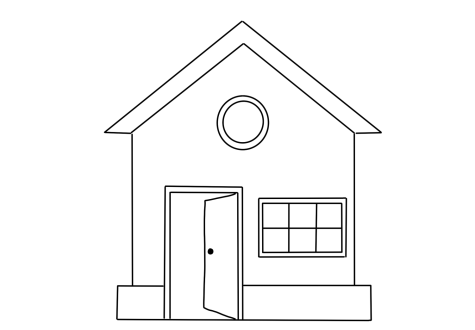In Marin County, the eighth wealthiest county in California, family homelessness has increased by 35.2 percent since 2019, and 1,121 individuals remain homeless as of 2022. The homelessness crisis further impacts the Bay Area and California as a whole, as these individuals in need of relief are not only without stable homes, but 70 percent of those unhoused in California lack shelter of any sort. This is a higher percentage than in any other state. Therefore, it is imperative that the Bay Area implements temporary housing facilities for the homeless due to its proven success and ability to aid with substance abuse and mental health disorders without extreme economic strain.
Throughout California and the U.S., various organizations have begun experimenting with temporary and transitional housing for the homeless. A program called JustCare, based in Seattle, Washington, relocated over 400 people previously living in encampments to hotels and other temporary housing between the fall of 2020 and the spring of 2022. Of the 400, 265 had settled into permanent housing by March 2022, and around two-thirds of those remaining have done so since then. The success of JustCare in Seattle illustrates temporary housing’s ability to give way to permanent homes. An East Bay nonprofit called Safe Time similarly placed over 70 people, including homeless families and college students, in spare

bedrooms from 2017 to 2022. Between one to six-month stays, none of the 70 people housed have returned to jail or prison.
According to Stanford Institute for Economic Policy Research, the scarcity of emergency shelters and transitional housing majorly contributes to the high percentage of unhoused people in California. With more temporary housing facilities following the models of JustCare and Safe Time, less of the Bay Area’s homeless population will be without shelter.
Not only is temporary housing effective in providing the minimum shelter aspect, but housing programs can aid in addressing what is often the root cause of homelessness: substance use and mental health disorders. According to a 2019 report by the Los Angeles Homeless Services Authority, 51 percent of the unsheltered homeless in Los Angeles had a severe mental illness, while 46 percent suffered from a substance use disorder. With this in mind, the Substance Abuse and Mental Health Services Administration notes that housing and shelter programs can provide “essential recovery support services” such as mental and substance use disorder treatment and employment. This approach is especially effective when there is no restriction based on sobriety or a mandatory transitional step before housing. Those put in housing with prerequisites have done the same or worse in terms of substance use and housing stability than those in shelters where the “Housing First” method is used.
However, due to these additional programs within the housing, as well as the building and furnishing, some may argue that the cost of providing the homeless with housing is too steep. Despite the expense and slow building of permanent housing, temporary housing proves a cheaper and quicker alternative. Contrasting the $400,000 to $700,000 cost per unit in a housing project in the Bay Area, a “tiny home,” or compact housing unit, costs around $73,000, while a shelter bed costs $43,000.

Furthermore, JustCare asserts that its annual cost per person is approximately equal to that of the avoided incarceration and arrest costs. Another nonprofit addressing the homeless problem and based in San Francisco, DignityMoves, claims that each unit costs only $15,000 to build but totals $30,000 when amenities are added. Nevertheless, this is half of the $60,000 San Francisco spent previously per tent in safe sleeping villages.
The stories of Ryan Bauer and Joe Salcedo represent the urgency of the homelessness problem and the effect temporary housing can have on people’s lives. After suffering homelessness for 30 years, Bauer, a user of DignityMoves tiny homes, was housed for the first time since the age of 17. Likewise, 56-year-old Salcedo was housed by the interim housing complex in San Mateo County, Coast House, after struggling with on and off homelessness for several years.
“With a roof over my head finally, in a quiet, clean place like this, I’ve been able to get better, feel better about moving ahead with my life,” Salcedo said in an SF Chronicle article. “Every county in California should do what [San Mateo County] is doing. It works.”
In correlation with Salcedo’s statement, the Bay Area must implement temporary housing given its success both economically and with substance abuse and mental health disorders.







